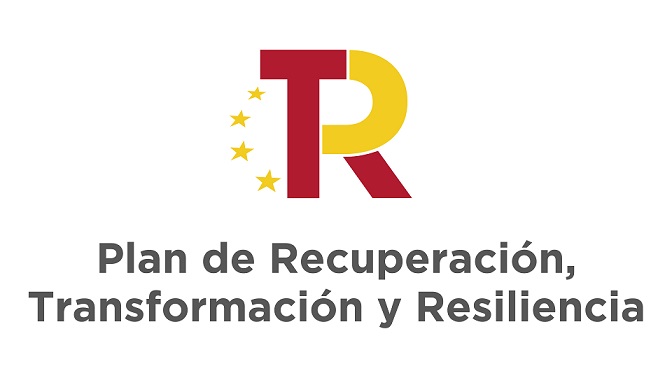Investigación
Publicación (Artículos en revistas científicas)
In-Vivo Hyperspectral Human Brain Image Database for Brain Cancer Detection
-
Fabelo, H.; Ortega, S.; Szolna, A.; Bulters, D.; Pineiro, J. F.; Kabwama, S.; J-O´Shanahan, A.; Bulstrode, H.; Bisshopp, S.; Kiran, B. R.; Ravi, D.; Lazcano López, Raquel; Madroñal Quintín, Daniel; Sosa, C.; C, Espino; Marquez, M.; la Luz Plaza, M. De; Camacho, R.; Carrera, D.; Hernandez, M.; Callico, G. M.; Morera, J.; Stanciulescu, B.; Yang, G. Z.; Salvador, Rubén; Juárez Martínez, Eduardo; Sanz Álvaro, César; Sarmiento, R.
- Resumen:
- The use of hyperspectral imaging for medical applications is becoming more common in recent years. One of the main obstacles that researchers find when developing hyperspectral algorithms for medical applications is the lack of specific, publicly available, and hyperspectral medical data. The work described in this paper was developed within the framework of the European project HELICoiD (HypErspectraL Imaging Cancer Detection), which had as a main goal the application of hyperspectral imaging to the delineation of brain tumors in real-time during neurosurgical operations. In this paper, the methodology followed to generate the first hyperspectral database of in-vivo human brain tissues is presented. Data was acquired employing a customized hyperspectral acquisition system capable of capturing information in the Visual and Near InfraRed (VNIR) range from 400 to 1000 nm. Repeatability was assessed for the cases where two images of the same scene were captured consecutively. The analysis reveals that the system works more efficiently in the spectral range between 450 and 900 nm. A total of 36 hyperspectral images from 22 different patients were obtained. From these data, more than 300 000 spectral signatures were labeled employing a semi-automatic methodology based on the spectral angle mapper algorithm. Four different classes were defined: normal tissue, tumor tissue, blood vessel, and background elements. All the hyperspectral data has been made available in a public repository.
- Áreas de investigación:
- Año:
- 2019
- Tipo de publicación:
- Artículos en revistas científicas
- Palabras clave:
- Tumors; Hyperspectral imaging; Brain; Surgery; Hospitals; Magnetic Resonance Imaging
- Revista:
- IEEE Access
- Volumen:
- 7
- Páginas:
- 39098 - 39116
- Mes:
- March
- ISSN:
- 2169-3536
- DOI:
- 10.1109/ACCESS.2019.2904788
Hits: 5126
Grupos de Investigación
Áreas Estratégicas
Contacto
Edificio La Arboleda. Campus Sur UPM.
Calle Alan Turing 3
28031 Madrid
Email: web.citsem@upm.es
Tfno: +34 9106 78762
Website: www.citsem.upm.es




